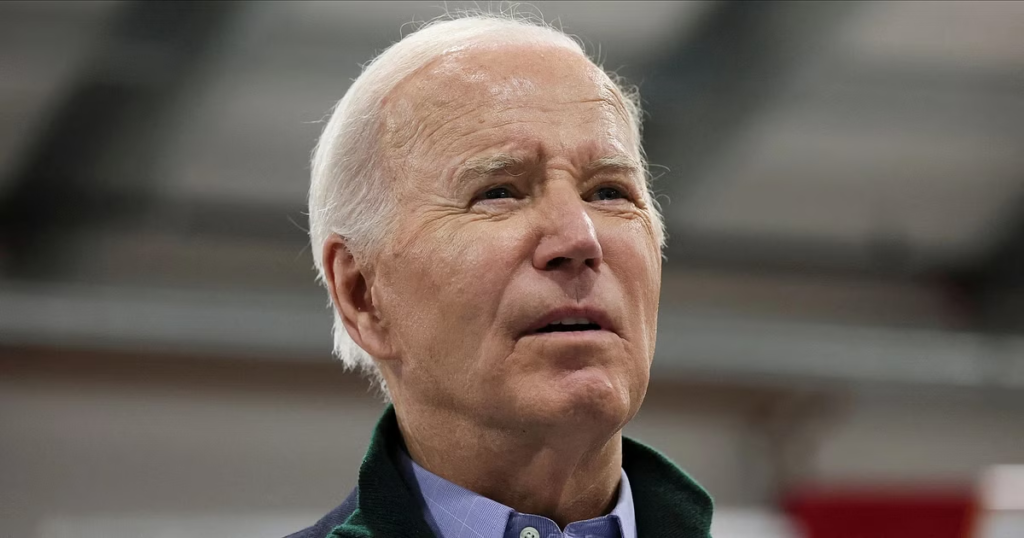The ongoing conflict between Ukraine and Russia has seen multiple international responses, with the United States continually supplying Ukraine with defensive and strategic support. On November 1, 2024, the Department of State announced an additional aid package to Ukraine valued at $425 million, aimed at bolstering Ukraine’s defensive capabilities.
This announcement comes against the backdrop of reports suggesting that North Korean troops are now positioned within Russia, adding a complex layer to the geopolitical landscape in the region.
Enhanced Military Aid: Breakdown of the $425 Million Package
The recent aid package is part of a larger ongoing commitment to support Ukraine in its resistance against Russian aggression.
Read : Russia Formally Declares the US as an “Enemy” State
According to the Department of State, this assistance, categorized under the Presidential Drawdown Authority (PDA), involves critical security components that Ukraine urgently requires for its defense operations. Since the onset of the invasion, the U.S. has contributed multiple packages of arms and financial aid to ensure Ukraine’s resilience.
Read : NASA Reestablishes Contact with Voyager 1 Using 42-Year-Old Radio
The $425 million aid package encompasses a range of advanced weaponry and defensive systems:
- Stinger Missiles: These man-portable, shoulder-fired missiles are effective against low-flying aircraft. Their inclusion highlights the U.S. intention to enhance Ukraine’s air defense as Russian air strikes intensify.
- NASAMS Munitions: Additional munitions for National Advanced Surface-to-Air Missile Systems (NASAMS) underscore the need for sophisticated intercept systems to shield Ukraine from missile and drone threats.
- Anti-Tank Weapons and Armored Vehicles: With armored vehicles and anti-tank weapons included, Ukraine’s ground defense capabilities will receive a significant boost, essential for countering Russia’s heavy artillery and armored divisions.
- Rocket System Munitions and Artillery: These are essential to Ukraine’s efforts to hold the frontlines and execute counteroffensives. The additional artillery enhances Ukraine’s ability to engage Russian forces in long-range combat effectively.
The scale of this aid package marks it as the sixty-ninth tranche of U.S. equipment support for Ukraine since August 2021, reflecting sustained American commitment to reinforcing Ukraine’s military defenses. The provision of such advanced weaponry highlights a strategic intent to prevent further escalation by enabling Ukraine to resist and repel Russian advances effectively.
North Korean Troops in Russia: A New Dimension in the Conflict
In a startling development, U.S. Secretary of State Antony Blinken announced that approximately 10,000 North Korean troops had been transferred to Russia. Among these, 8,000 soldiers are reportedly positioned in Russia’s Kursk region, a territory near the Ukrainian border. This deployment has stirred international concern as it introduces a foreign military presence from a country that has maintained a long-standing alliance with Russia.

North Korea’s involvement in Russia’s military operations signals an alarming shift. The Kremlin’s recruitment of foreign soldiers suggests potential manpower shortages or strategic maneuvers to augment its own forces. The North Korean troops, according to Blinken, have not yet been deployed in combat roles against Ukrainian forces, but there is an expectation that they could be utilized in active combat soon.
The decision to place North Korean forces close to the Ukraine border may have several strategic implications:
- Force Augmentation: North Korea’s military is known for its regimented training and large force numbers, and these troops could reinforce Russian units that may be stretched across multiple fronts.
- Symbolic Support: North Korean deployment may serve as a show of loyalty and solidarity with Russia, signaling to the West that Moscow has allies willing to intervene directly or indirectly.
- Military Training and Integration: According to Secretary Blinken, Russia is currently training these North Korean soldiers, potentially to integrate them into frontline operations against Ukrainian forces.
This development raises concerns about the potential for further escalation and the broadening of the conflict into a more complex international standoff involving multiple state actors with diverse motives and alliances.
Implications of U.S. Aid and North Korean Troop Presence for Future U.S. Involvement
The U.S. decision to release additional military aid to Ukraine and the acknowledgment of North Korean troops on Russian soil underscore the complex and evolving nature of this conflict.

The U.S. has maintained a strategy of providing Ukraine with defensive resources without directly intervening, but with North Korea now actively supporting Russia, new questions arise about the extent of U.S. involvement.
Several implications emerge from these developments:
- Heightened Military Support: As the presence of foreign forces in the region grows, the U.S. may feel compelled to increase its support for Ukraine, not only in terms of military aid but potentially through intelligence sharing, advanced technology, and strategic advisory.
- Regional Stability: North Korea’s involvement could destabilize the region further, as other countries might react to this escalation by bolstering their own defenses. The U.S. may work closely with European allies to establish a more robust defensive perimeter around NATO territories.
- Potential Diplomatic Channels: While the U.S. has been providing Ukraine with significant military aid, the complexity introduced by North Korea’s involvement may also open channels for diplomatic negotiations, as direct confrontations with multiple state actors pose high risks for all involved.
The conflict in Ukraine now stands at a crucial juncture. The United States’ commitment to supporting Ukraine remains steadfast, as evidenced by this latest aid package. However, the involvement of North Korea marks a turning point that could lead to a broader geopolitical crisis.
As new alliances emerge and the situation grows more precarious, the international community will be watching closely to see how these developments unfold and how nations respond.
let’s enjoy few years on earth with peace and happiness….✍🏼🙏

